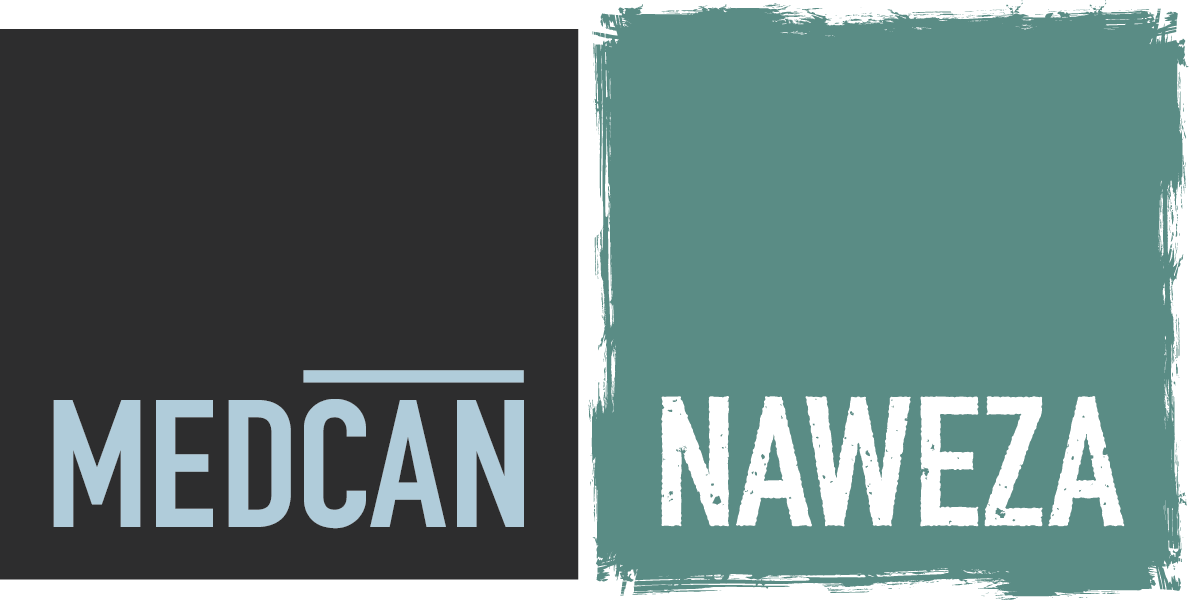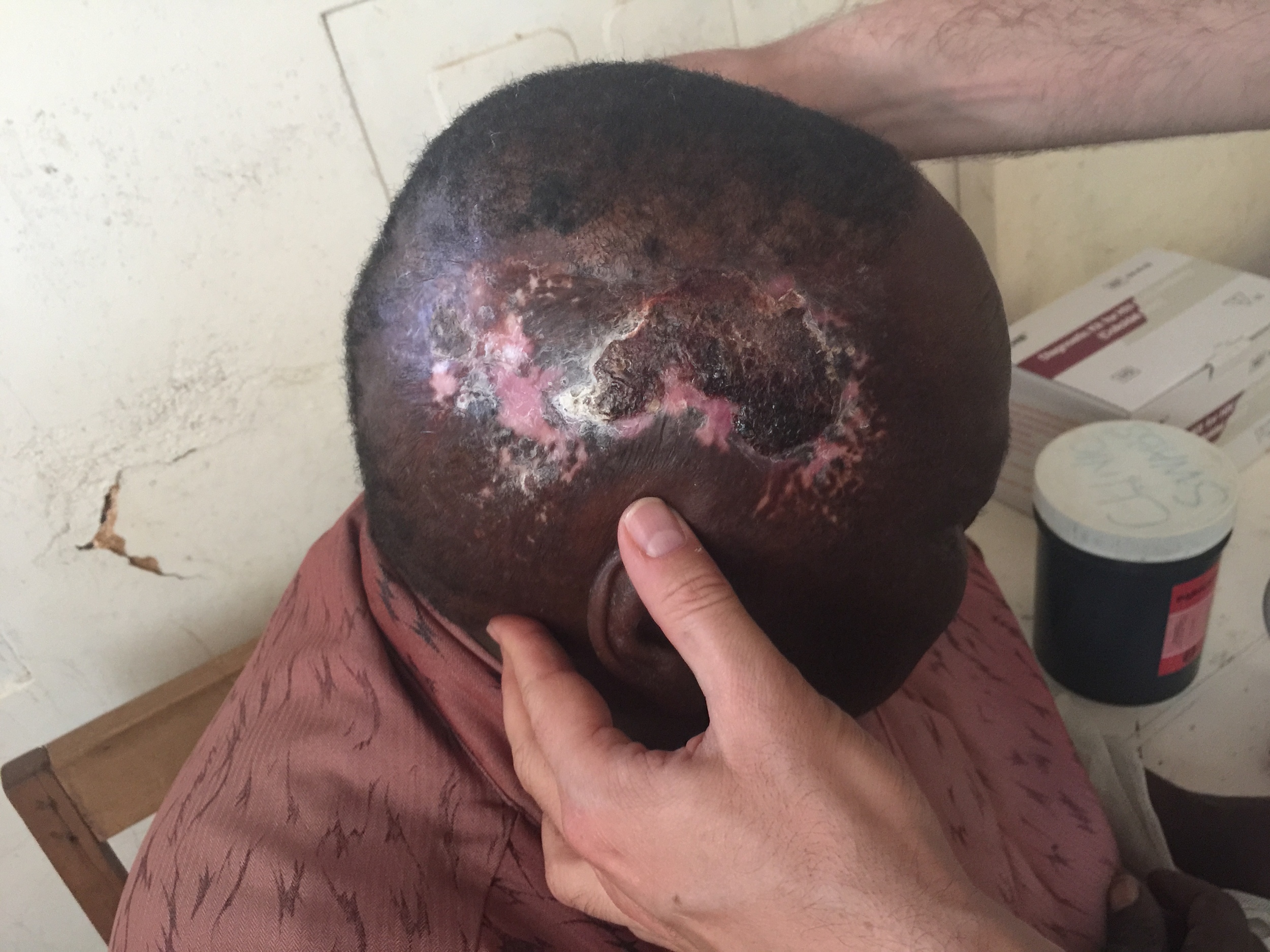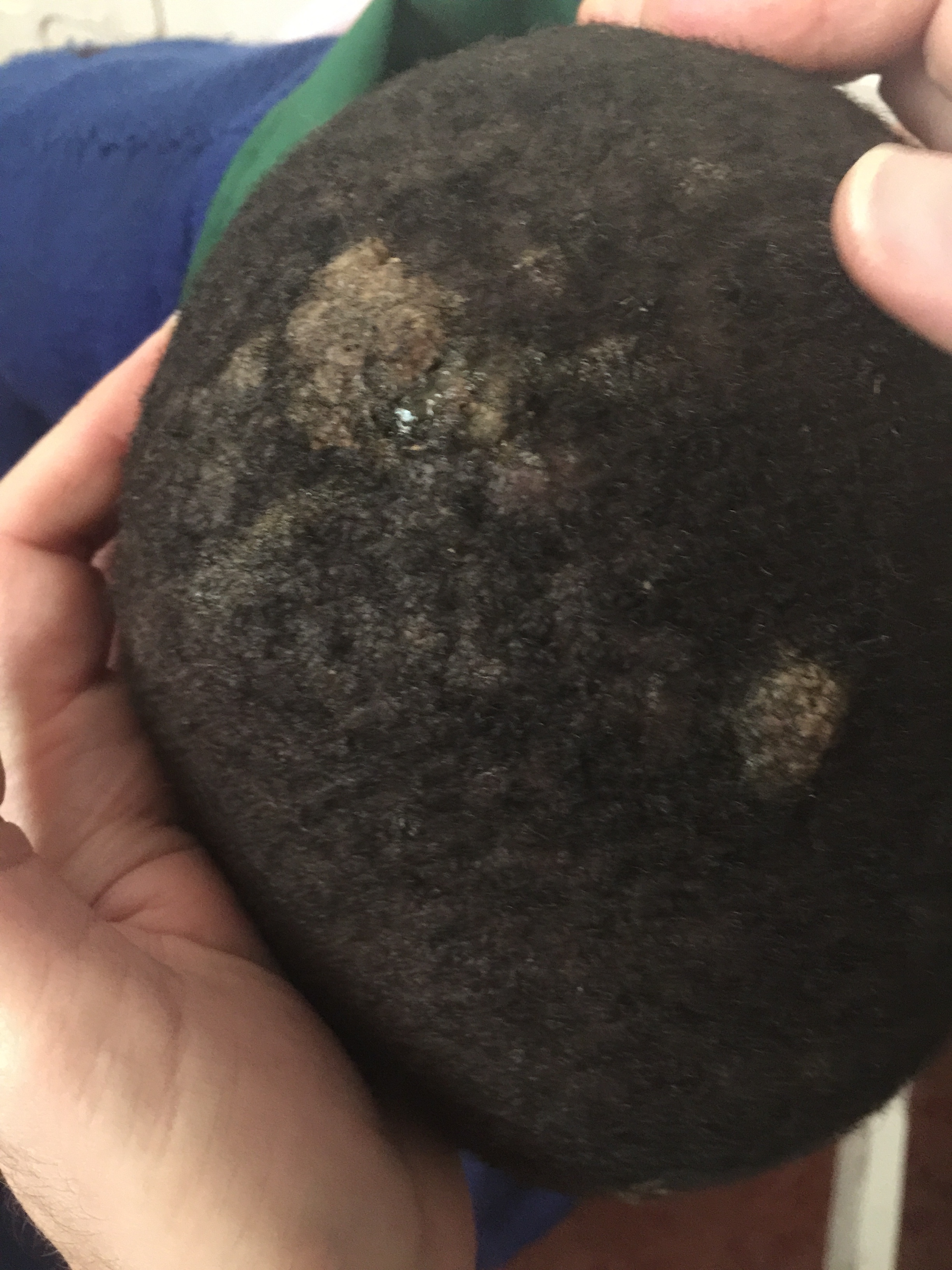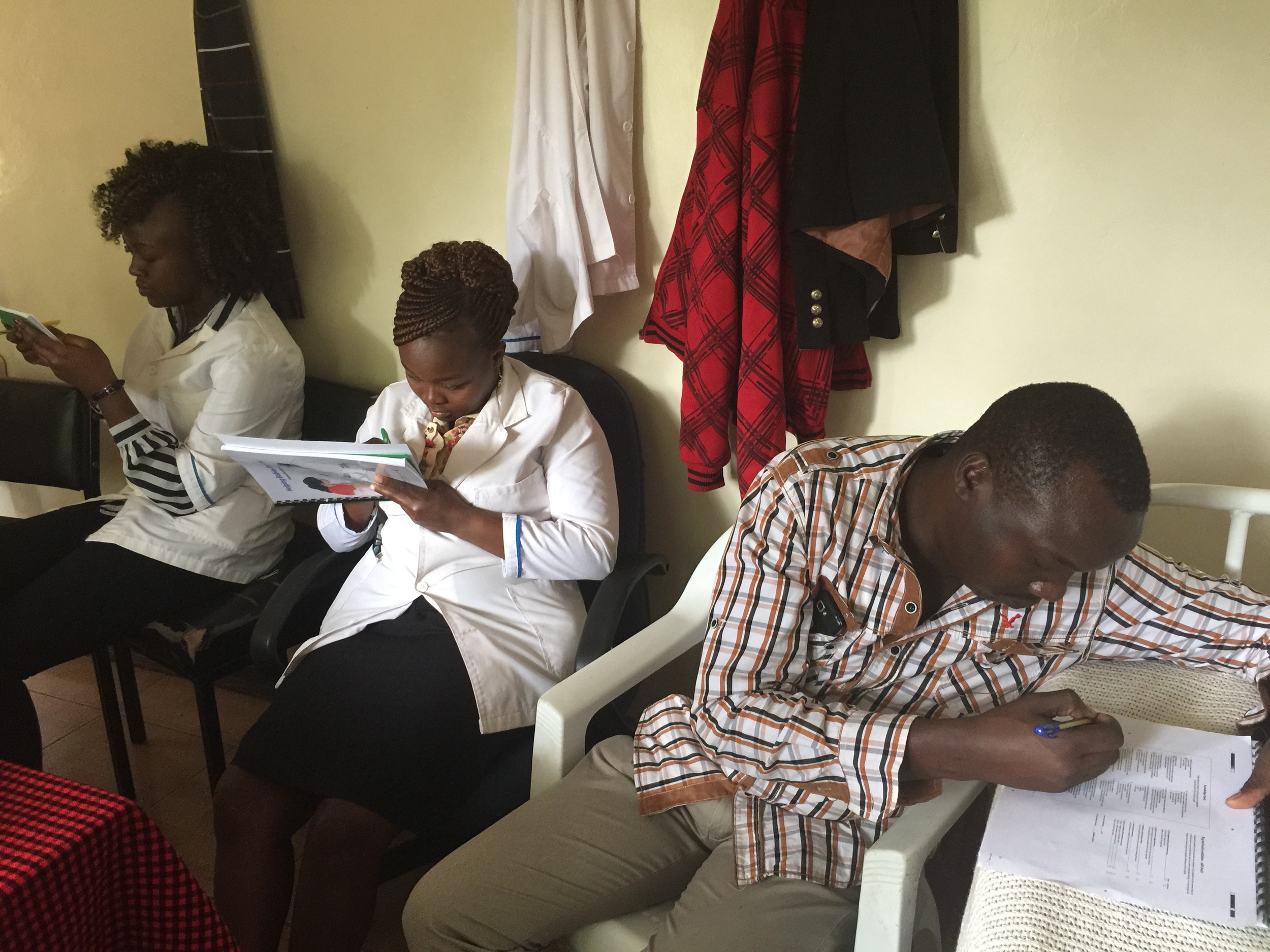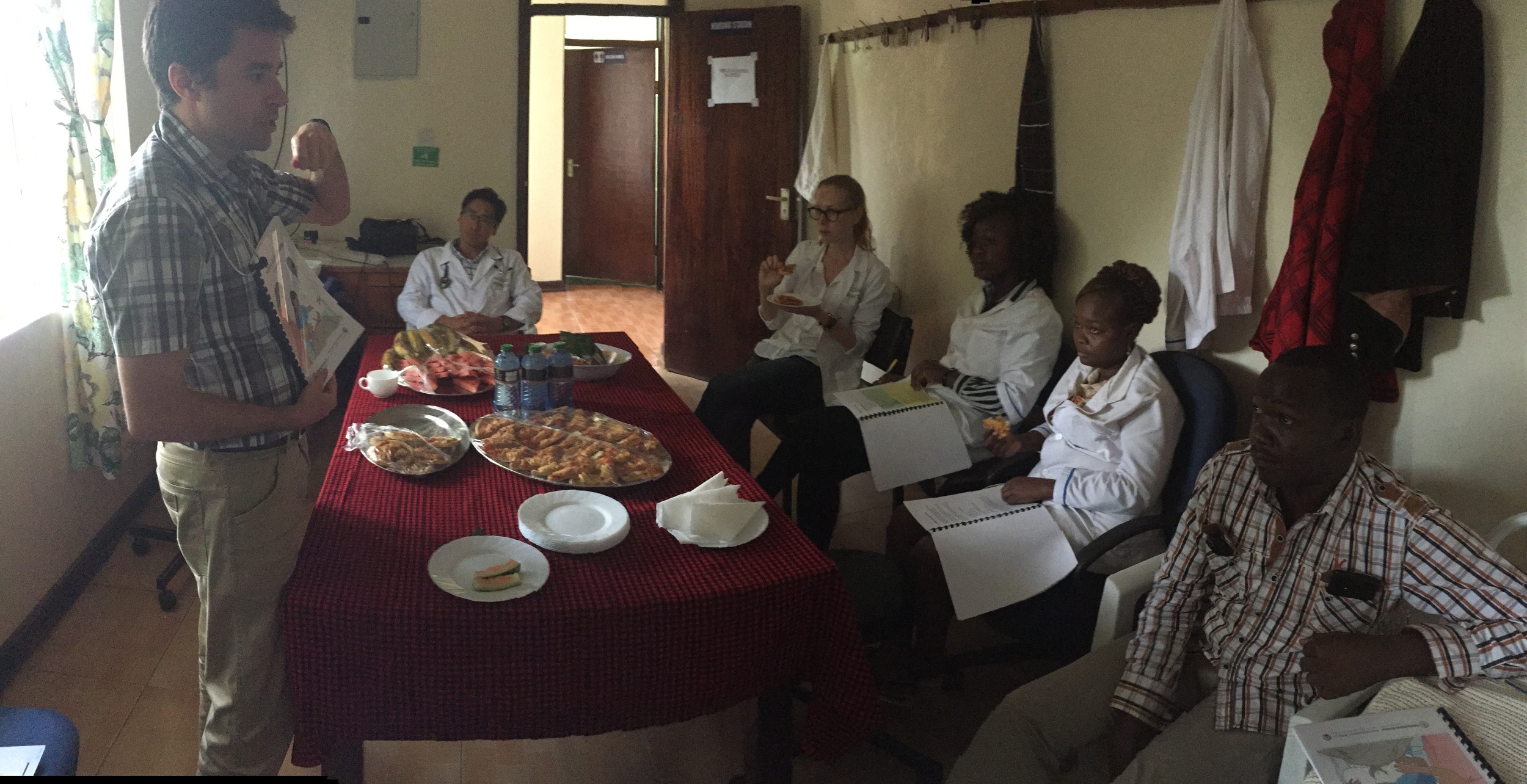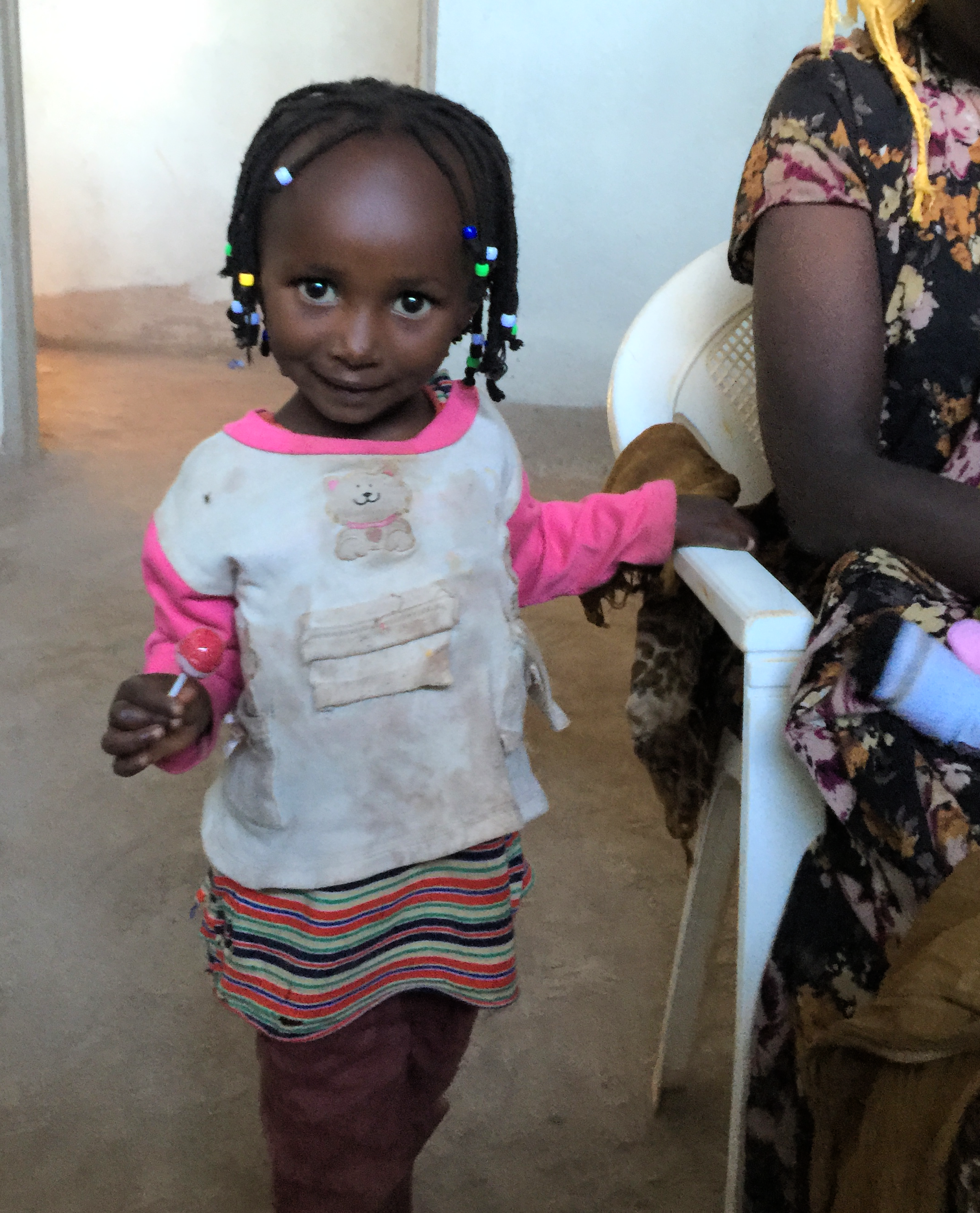It’s our final day at Fluorspar and we begin as usual with rounds. Two mothers are in the pediatric ward with their children. Luckily both children seem to be stable and the clinic staff recommended a treatment strategy approved by Dr. Michael. They have decided to withhold antibiotics as both cases appear to be viral and not bacterial. Dr. Michael views this as progress as he has been trying to educate the staff on not over prescribing antibiotics so as not to promote antibiotic resistance.
The mother of one of the sick children.
We also saw another woman we’ve been following. She remained in the clinic for the last two nights. She came to the clinic with a chronic cough that began one year ago. She is HIV+ and Dr. Michael thought the cough was due to an infection she acquired due to her being off of her meds. We had her CD4 count done again and in fact it is quite low, which means her HIV condition is under control. She has stabilized and been put on oral antibiotics. For now, she is sent home but will come back for follow-up and will be tracked via the Complex Case Care program.
Dr. Michael advising staff on the treatment strategy for the woman who is HIV positive.
A chicken walks in and out of your hospital room.
Dr. Michael demonstrates one final neo-natal exam in the perfectly healthy baby boy.
We then had our wrap-up meeting. Everyone gave a summary of their experience and observations of the week. It was all really positive and full of insights on what our next steps will be. We have accomplished quite a bit but we have so far to go.
The good news is we are enjoying the process and I think in our small way making a difference with these two clinics. And as I told the group, my overall sentiment is with every trip it just gets better and better. More asking questions by the staff, more learning, more training and more services provided to their community.
This is sustainable change.
When we leave, the clinic staff is able to provide a level of care that is higher than before we arrived. That’s the goal. But ahh…the elusive finish line. When are we truly “finished” and go into maintenance mode? Because the bigger picture would be to take this concept to more clinics in order to broaden the reach.
For now, we have our work cut out for us with these two clinics and we still have so much to learn. But I’m more energized than ever that we are on to something. A chronic disease management program as well as specialty services and training to address more urgent needs of the community. So much to do!
So, our next trip is potentially planned for the last week of January and the first week of February. We are contemplating taking a cardiologist and/or dermatologist with us next time. And of course will continue with chronic disease and optometry. So, until then, thank you so much for reading and supporting this important initiative. We will continue to post on Instagramand Facebook as we have so many pictures and it would be a shame not to share them!
The whole team (minus Dr. James).
- Stacy
